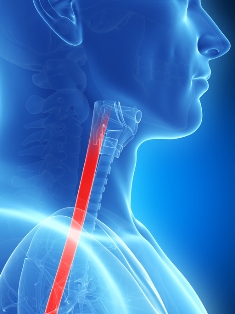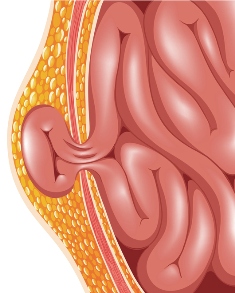Are You at Risk for Esophagitis?
Acid Reflux, also known as GERD (Gastroesophageal reflux disease), can be painful and annoying, causing nausea, discomfort, sleep disruption and a host of other unpleasant symptoms. But that’s not news to the estimated 7 million people who suffer from it in the United States. However, many people don’t realize that if not treated, those with acid reflux are at risk of developing esophagitis, an irritation or inflammation of the esophagus. What’s worse, some GERD sufferers will develop even more serious conditions such as esophageal stricture, Barrett’s esophagus (precancerous changes) and esophageal cancer.
The esophagus is the tube-like structure behind the windpipe that connects the throat (pharynx) to the stomach. It carries food to the stomach after swallowing. There is a muscle called the Lower Esophageal Sphincter (LES) where the lower esophagus joins the stomach. This muscle is responsible for keeping food and stomach acid down in the stomach, where they belong. Acid Reflux occurs when this muscle weakens and allows stomach acid to travel up the esophagus. Think of it as a door that doesn’t close properly.
Reducing Both Acid Reflux and the Risk of Esophagitis
While there are prescribed and over-the-counter treatments for acid reflux and esophagitis, they only alleviate the symptoms and don’t provide a long-term fix. However, there are a couple of effective and safe surgical options that address acid reflux and can reduce your risk of esophagitis:
The Nissen Fundoplication is a laparoscopic procedure in which the upper part of the stomach is wrapped around the lower end of the esophagus, creating a valve. Once stitched in place, this valve assists in the closing of the LES, preventing acid from flowing backwards up the esophagus.
The LINX System is a less invasive option than the Nissen Fundoplication, and consists of a small, circular bead of magnets that help the LES stay closed until forced open by the act of swallowing. Unlike the Nissen Fundoplication, there are no anatomic alterations involved. If needed, the LINX device can be easily removed.
Dr. Malladi safely and effectively performs both the Nissen Fundoplication and the LINK procedure. If you suffer from GERD, set up a consultation to discuss these treatment options.







